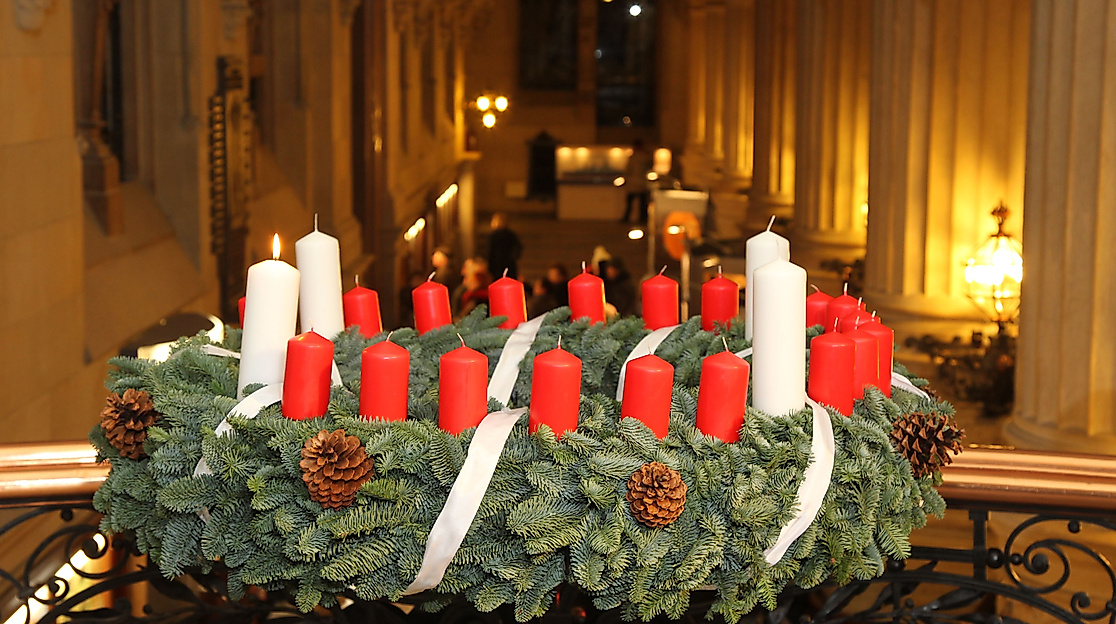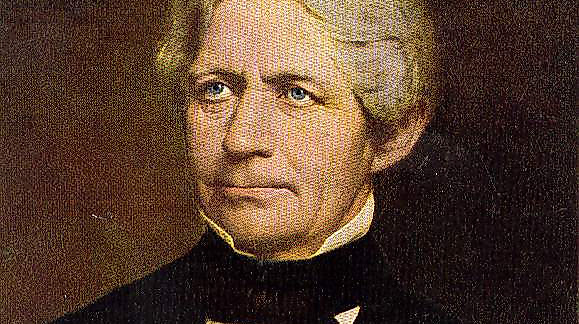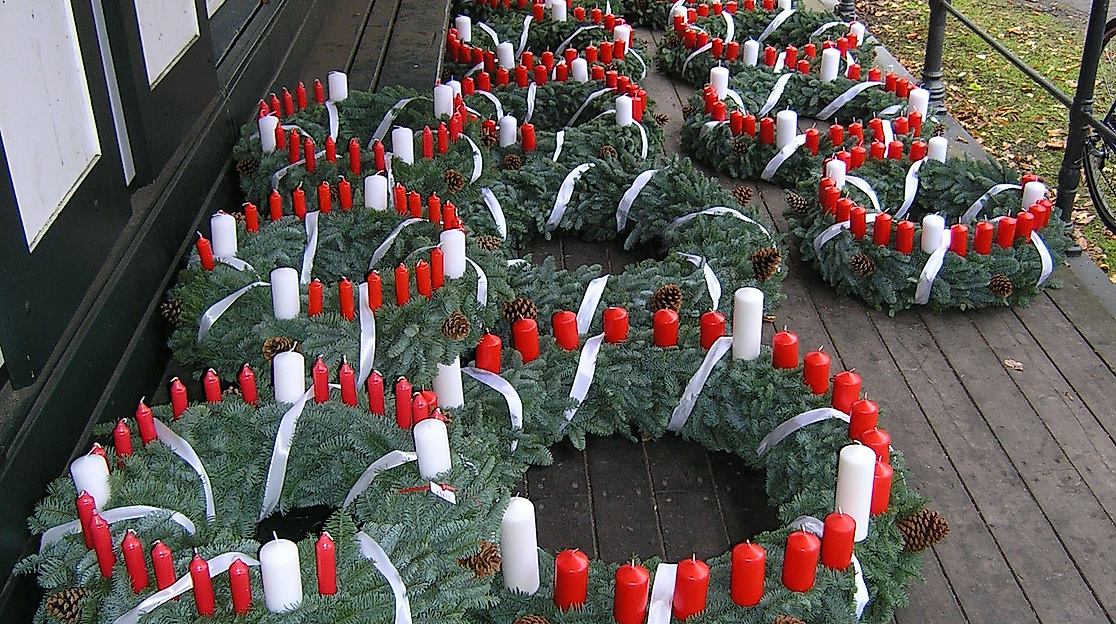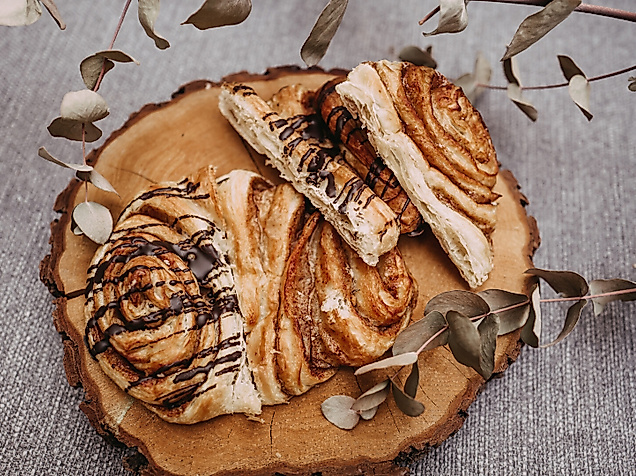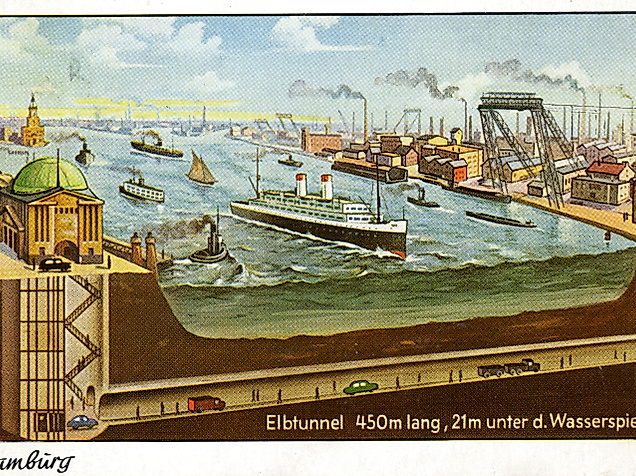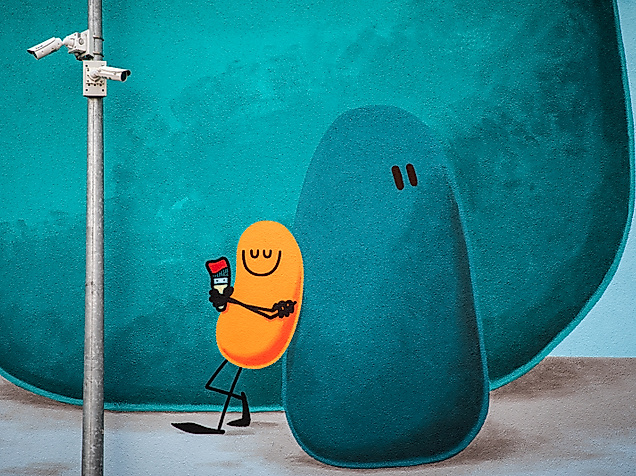

Four candles conquer the world
How the Advent wreath was invented
It is a beautiful custom that is at home all over the world: Decorating an Advent wreath during the Christmas season. Bjoern Smertka, Hamburg Historical Museums Foundation, tells a story that few know: The wreath was invented in Hamburg.
When the annual Advent season begins again at the end of November, it will once again be seen and admired in Protestant and Catholic churches, in countless public places such as Christmas markets or town hall squares, and of course in almost every household - the Advent wreath. In the most different sizes and decorations the Advent wreath decorates public and private places like hardly another accessory. This arrangement of fir and spruce needles, with its four red candles, which are lit one after the other on the Sundays of Advent, is as firmly rooted in the Christmas tradition as the nativity play or Santa Claus himself. It simply belongs to the Advent Sunday, preferably with a butter stollen and a mulled wine. But very few people know that this custom, which seems to have existed in the mind forever, had its birth just under 200 years ago. And that right in the center of today's Hamburg.
It was in 1839 when the lights of the Advent wreath were lit for the first time under the ceiling of the prayer room of the Rauhes Haus in Hamburg-Horn. It was made of wood and was about the size of a wagon wheel. Unlike today's Advent wreaths, it was decorated with red and white candles. The red ones represented the "normal" days, while the white ones represented the Sundays of Advent. Each day another candle was lit until finally on Christmas Eve all the lights were lit. As a result, the number of red candles varied from year to year between 18 and 24, depending on which day the 1st of Advent fell on. From 1860, the wreath was also decorated with fir branches and white ribbons. The well-known modern Advent wreath with four candles has been a concession to the desire to bring those wreaths into the living rooms. For this, in the course of functionality and downsizing, the number of candles had to be drastically reduced, so that in the end they were content with the candles for the four days of Advent. This form of the wreath has survived to this day.
The inventor of this original Advent wreath was the founder and operator of the Rough House, Johann Hinrich Wichern. Wichern was a Hamburg-born theologian who devoted his life to helping, caring for and nurturing the sick, the weak and the needy. Wichern was born on April 21, 1808, during the Napoleonic occupation of Hamburg, the eldest of seven children. Due to the early death of his father, he was forced to support his family as a teenager and worked as an educational assistant and private tutor for children of respected Hamburg families. This position helped him to obtain a scholarship to study theology, which he completed in Hamburg in 1831, after which he took a position as a teacher in a Sunday school. Here he was directly confronted with the poverty and hardship of the children and young people living in Hamburg. During his studies, Wichern had already repeatedly come into contact with the inadequate treatment of needy persons and groups of persons, whether in an orphanage or in a prison.
Strongly influenced by these experiences, Wichern decided to offer those needy children and young people an anchor in the form of a house where they could receive lasting help and support. The idea of the Rough House was born and on November 1, the first children were able to move into the Rough House buildings. The institution saw itself not only as a short-term help center, but also wanted to contribute to making life easier for the children and young people in the long term. For this reason, the children were taught school and manual skills, and they were assisted by adult mentors, so-called brothers, who acted as contact persons in all life situations and questions. For this task, the "brothers" had to complete a six-year training course.
Rauhes Haus founder Johann Hinrich Wichern and the Advent wreath delivery in a year when Christmas Eve fell on a Monday:
The Rauhe Haus has remained true to the credo created by Wichern in its nearly 200-year tradition to this day. Almost 300 children and young people are currently being cared for to help them find their way in life. In addition, almost 1500 students are taught in the adjoining private school. A home for the elderly and nursing home as well as help for the handicapped are also part of the daily tasks of the employees, who are of course still specially trained by Rauhes Haus. And when Christmas comes around again, the Wichern Advent wreath is lit on the 1st Advent, as it was in the 19th century, and every day another one is lit until Christmas Eve. May it remain so in the next century.
Hamburg History Live Magazin
This article is from issue 02 / 2017 of the Hamburg History Live magazine of the Historische Museen Hamburg. In two issues per year, exciting chapters from the history of Hamburg and the North are told, Hamburg artists are introduced, the historical development of Hamburg's districts is presented - and information about the program of the Historische Museen Hamburg is provided.
Search
Languages
Google translator for other languages
Please note that this is an automatic translation.
For better information, you can always switch to the German or English version

